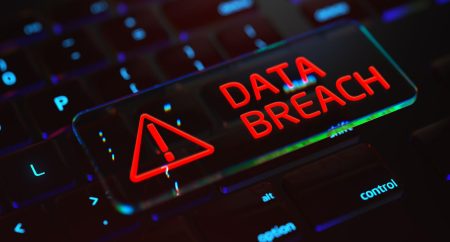If you don’t want to outlive your money in retirement, then you’ll need a plan to make your money last for the rest of your life, no matter how long you live. Otherwise, with no plan, you’ll need to count on hope and luck, which isn’t the smartest choice.
Your plan should include these steps:
- Satisfy the common-sense formula for retirement security: I > E, or income greater than living expenses.
- Continue investing throughout retirement.
- Build and manage an emergency financial fund.
Let’s look at each of these steps in detail.
How To Manage Your Expenses In Retirement
Here’s the first thing to remember: Don’t spend your savings in retirement! You might think this doesn’t make sense because isn’t that what retirement savings are for?
Many people use their retirement savings as a checking account to pay for living expenses, and as a result, they spend too much, putting them on a fast path to outliving their money. Instead, you should use most of your savings to generate monthly retirement paychecks that will last the rest of your life.
Once you set up your retirement paycheck generators, spend no more than those monthly paychecks in combination with other sources of lifetime income, such as Social Security, pensions, and any annuities you might buy. When you manage your spending this way, you won’t outlive your money.
Once you know how much lifetime retirement you’ll have from all sources, you have a target for the total amount of living expenses you can afford to pay. Next, inventory all your living expenses, both your regular monthly expenses and the expenses that are paid infrequently, such as property taxes and homeowner’s insurance. Be sure to separately itemize your “must have” living expenses from your “nice to have” expenses.
If your total living expenses add up to more than your total monthly income, you’ll need to reduce your living expenses. Your first targets for reducing spending might be your nice-to-have expenses, which, in theory, you could reduce if necessary. However, there could be large must-have living expenses that you could also reduce, such as downsizing to reduce your housing expenses.
How To Manage Your Income In Retirement
You’ll want to build a diversified portfolio of lifetime retirement income, including Social Security, pensions if you have one, and the monthly paychecks you generate from your retirement savings. There are three ways you can use your savings to generate lifetime paychecks:
- Develop a plan for investing your savings and using a careful plan for determining the amount of your retirement paychecks, aka “systematic withdrawals.”
- Buy a lifetime annuity or guaranteed income product from an insurance company.
- Use a portion of your savings to maximize your Social Security income by setting up a “Social Security bridge fund.”
When building your retirement income portfolio, you’ll want sources that are protected against investment losses, such as Social Security, pensions, and annuities. Consider building enough risk-protected retirement income to pay for most, if not all, of your must-have living expenses. This way, you won’t need to move in with the kids if the stock market crashes.
Then consider using the part of your retirement paycheck that’s generated by systematic withdrawals from investments to pay for your nice-to-have living expenses. In theory, you could reduce these expenses when the stock market crashes.
Here’s a common trap to avoid: Don’t rely on income from working to pay for your must-have living expenses. At some point in the future, you’ll no longer be able to continue working for pay and then you won’t have money to pay for essentials. A better approach is to use income from working to pay your nice-to-have expenses, which you could reduce when you no longer have income from working.
How To Manage Your Investments In Retirement
You’ll want to coordinate your investment strategy with your plan for generating monthly retirement paychecks. If you have enough risk-protected retirement income to cover your must-have living expenses, then you could consider investing significantly in the stock market with your remaining savings to help protect against inflation. However, you’ll want to understand and be comfortable with the investment risk that you’re assuming.
For most retirees, low-cost stock index mutual funds or exchange traded funds (ETFs) can be a straightforward and effective way to invest in the stock market.
How To Manage Your Liquid Savings In Retirement
You’ll want to maintain a liquid emergency fund that you can quickly tap to pay for unexpected living expenses that you can’t afford to pay from your monthly retirement paychecks. This fund would be different from the investments mentioned above that are generating a monthly retirement paycheck.
To determine the amount of your emergency fund, you don’t need to rely on the conventional rule of thumb of three to six months of salary; this suggested amount helps protect against job losses, which you’ll no longer have in retirement. Instead, consider an amount that can pay for expense surprises in retirement, such as house or car repairs or uninsured health bills such as dental expenses.
Why It Is Important To Have A Money Management Plan
The steps described here may be a lot of work. However, the sooner you balance your living expenses with your retirement income, the better your long-term finances will be. Your plan will help you enjoy your retirement years and reduce any stress you may have about your money. Make a smart plan to support the life you want in retirement, and then go live it up!
Read the full article here















